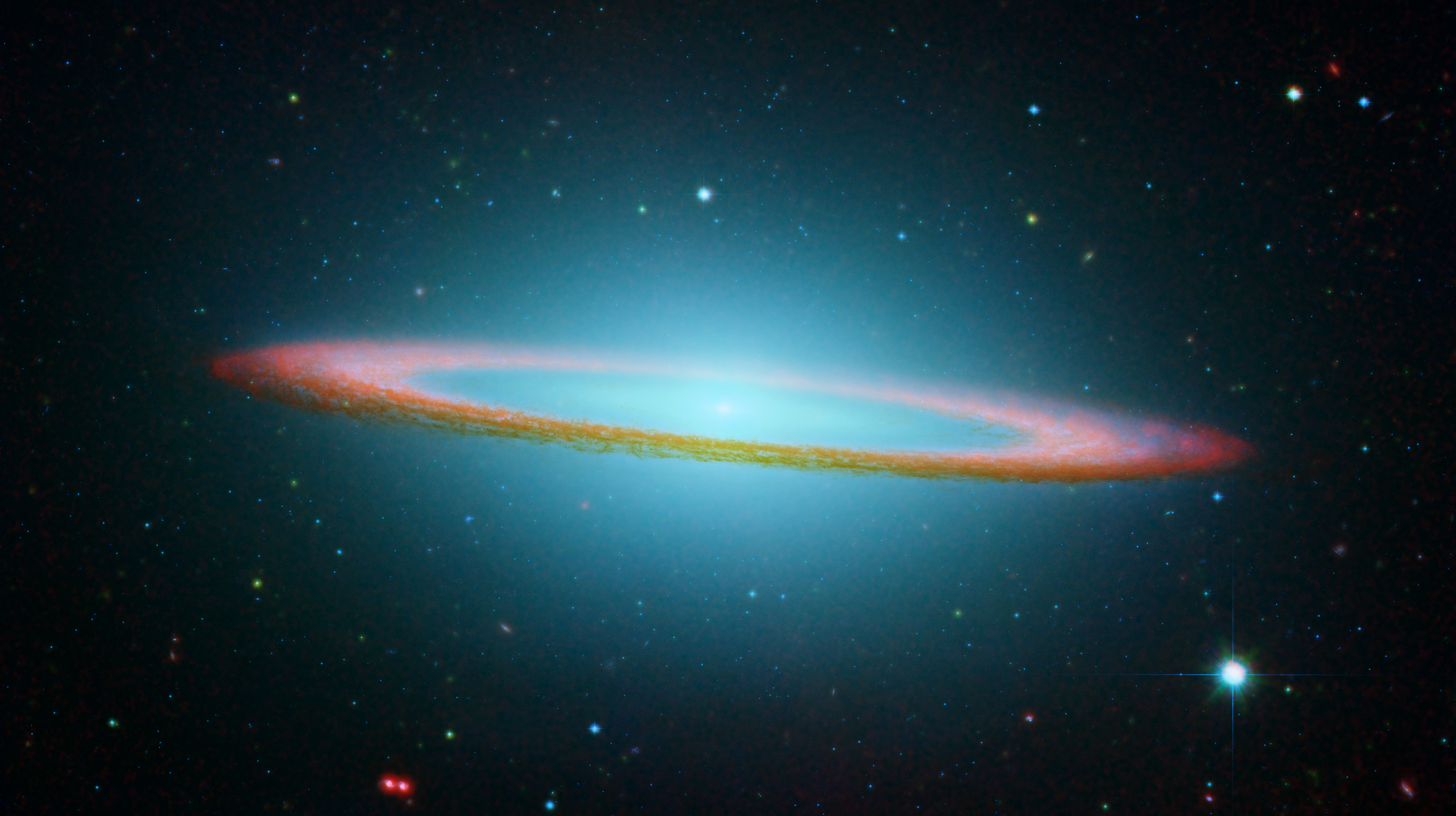10 Unexpected Ways Space Travel Impacts Life on Earth
Space travel, often perceived as the ultimate frontier for exploration and scientific discovery, extends its influence far beyond the confines of our atmosphere. While the breathtaking images of distant galaxies and the thrilling tales of astronauts capture our imagination, the true impact of space exploration is felt much closer to home. The technologies and innovations developed for space missions have quietly trickled down to enrich our everyday lives in unexpected ways. This article delves into 10 surprising areas where the ripples of space travel have profoundly enhanced our existence on Earth, showcasing a symbiotic relationship between our planet and the cosmos.
1. Revolutionizing Communication
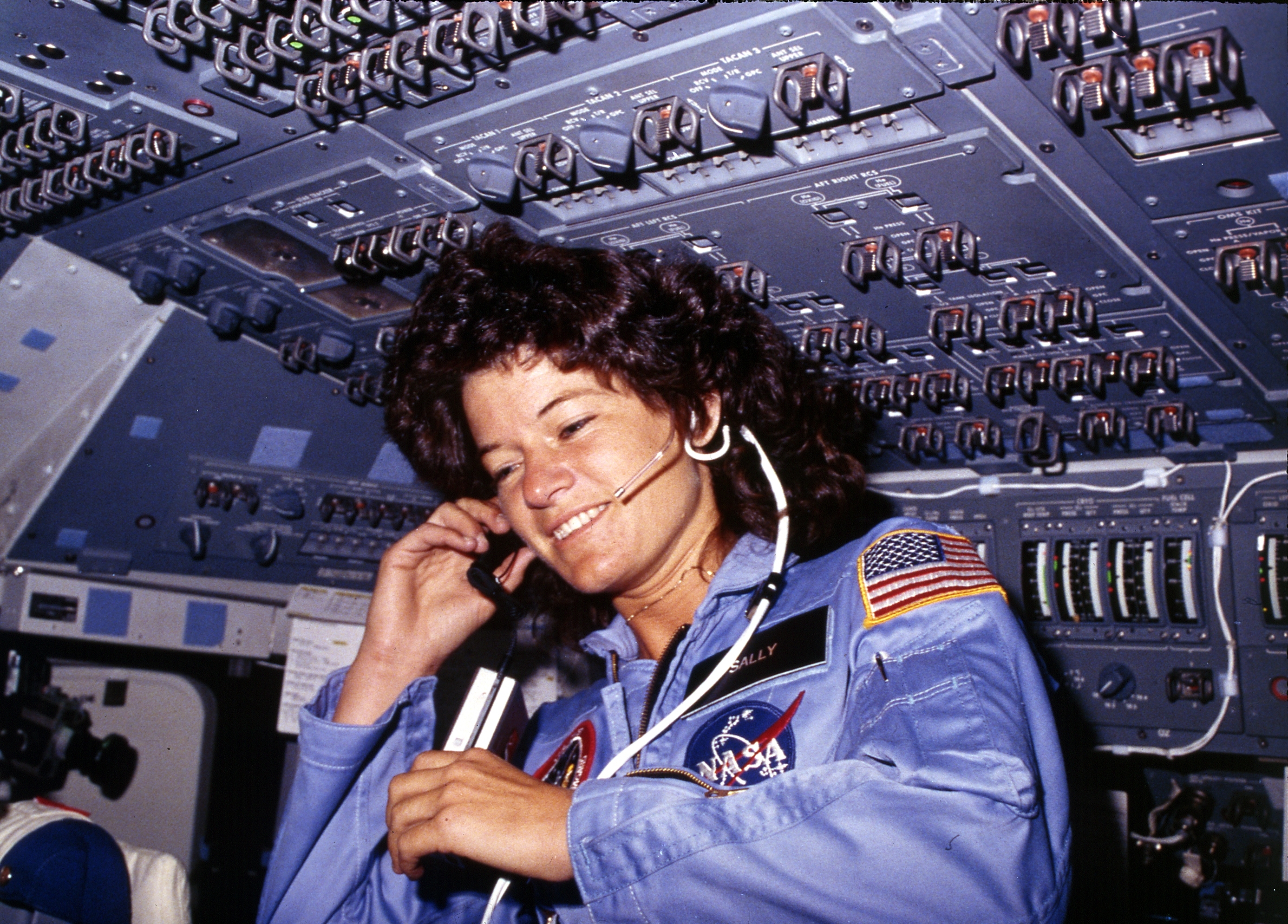
The development of satellite technology for space missions has transformed global communication. Initially designed to facilitate communication between space missions and ground control, satellite technology now underpins the global network that connects billions of people. From enabling real-time video calls across continents to supporting the Internet of Things (IoT), satellites have made the world more interconnected than ever. This technology has also been pivotal in disaster management, providing crucial data and communication services during emergencies, illustrating how innovations meant for space have become indispensable tools for human connectivity and safety.
2. Advancements in Medicine
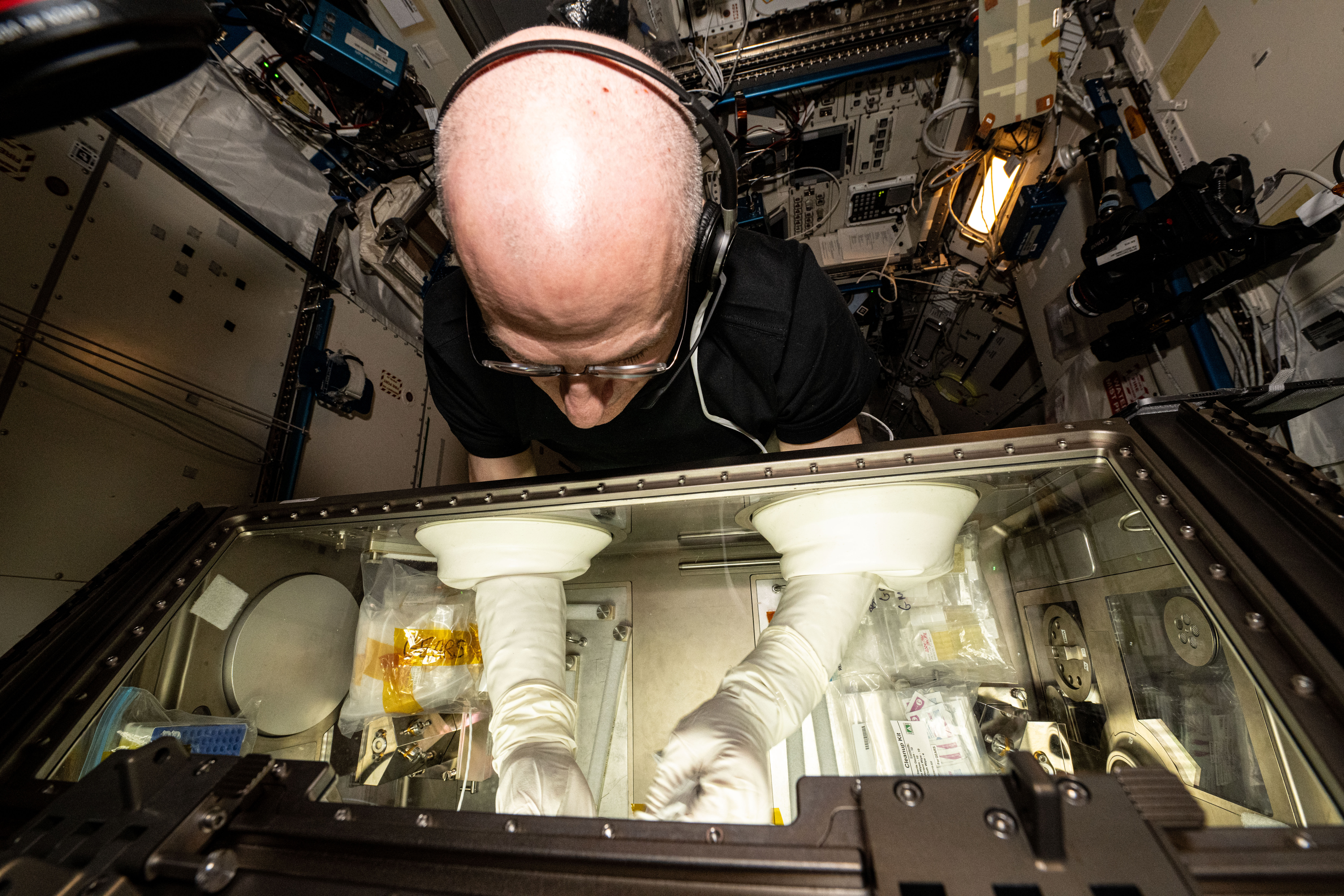
Space travel has significantly contributed to advancements in medical technology. The need to monitor astronauts' health in space has led to the development of sophisticated medical devices and diagnostic tools. For instance, the miniaturization of medical equipment, such as portable ultrasound machines, was driven by the constraints of space missions. These devices are now widely used in remote and underserved areas on Earth, improving healthcare access and outcomes. Additionally, research on the effects of microgravity on the human body has provided insights into osteoporosis and muscle atrophy, informing treatments for these conditions.
3. Environmental Monitoring and Climate Research
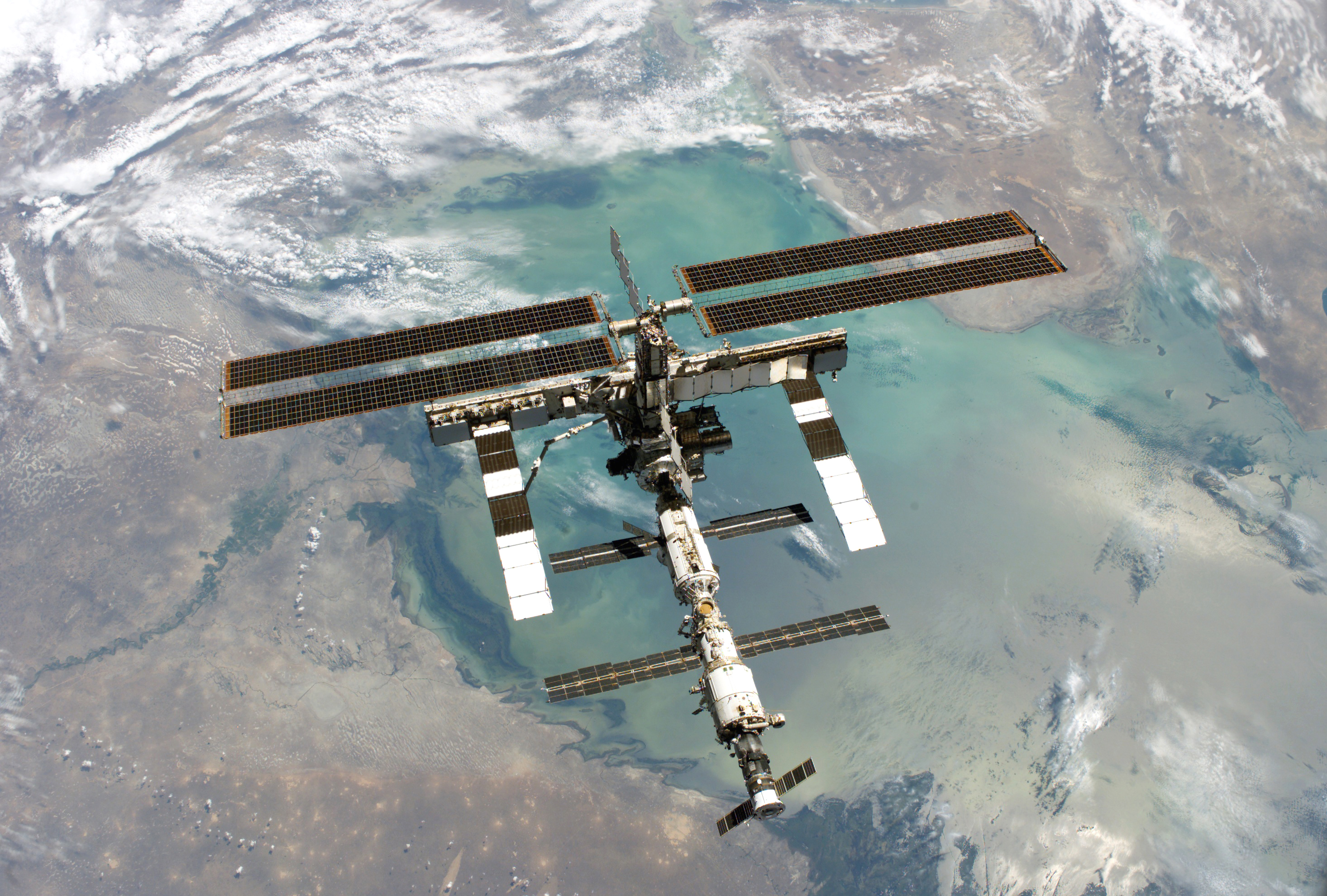
The view from space has given us an unparalleled perspective on our planet, enabling better environmental monitoring and climate research. Satellites equipped with advanced sensors collect data on Earth's atmosphere, oceans, and land, providing critical information about climate change, deforestation, and natural disasters. This data helps scientists understand environmental trends and develop strategies to mitigate their impact. The ability to monitor global environmental changes in real-time is a direct result of space exploration, underscoring its importance in addressing some of the most pressing challenges facing humanity today.
4. Water Purification Technologies

The quest to ensure a sustainable supply of clean water for astronauts has led to breakthroughs in water purification technologies. NASA's development of advanced filtration systems for the International Space Station has inspired similar technologies on Earth. These systems are now used in areas with limited access to clean water, providing safe drinking water to millions. By replicating space-grade purification methods, communities around the world can benefit from improved water quality, demonstrating how space innovations can address fundamental human needs.
5. Inspiring Renewable Energy Solutions
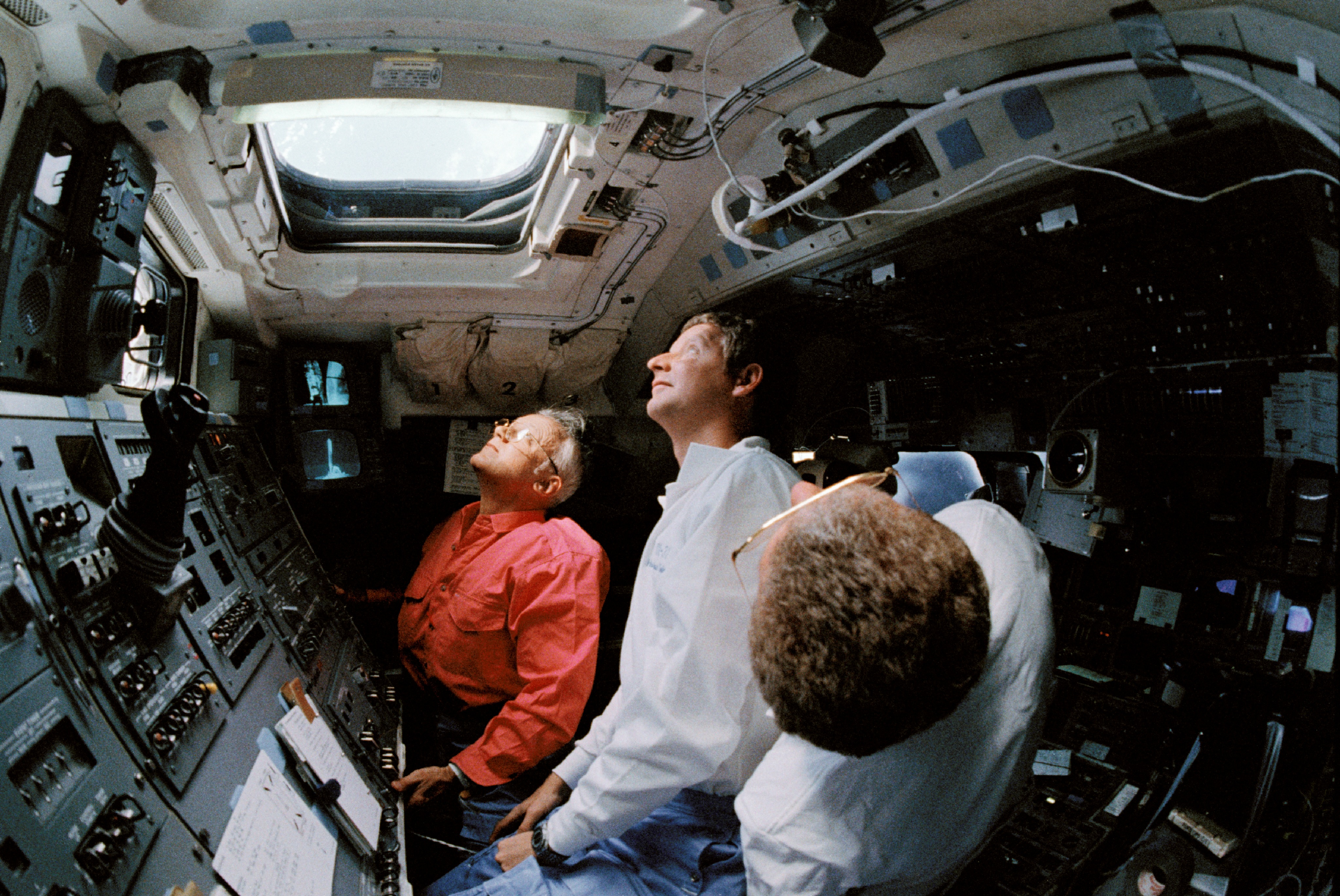
Space missions have long relied on solar power as a primary energy source, driving innovations in solar technology. The need for efficient, lightweight, and durable solar panels for spacecraft has accelerated advancements in solar energy on Earth. These improvements have made solar power more accessible and affordable, contributing to the global shift towards renewable energy. As we strive to reduce our carbon footprint and combat climate change, the lessons learned from space exploration are proving invaluable in developing sustainable energy solutions.
6. Enhancing Food Safety and Preservation
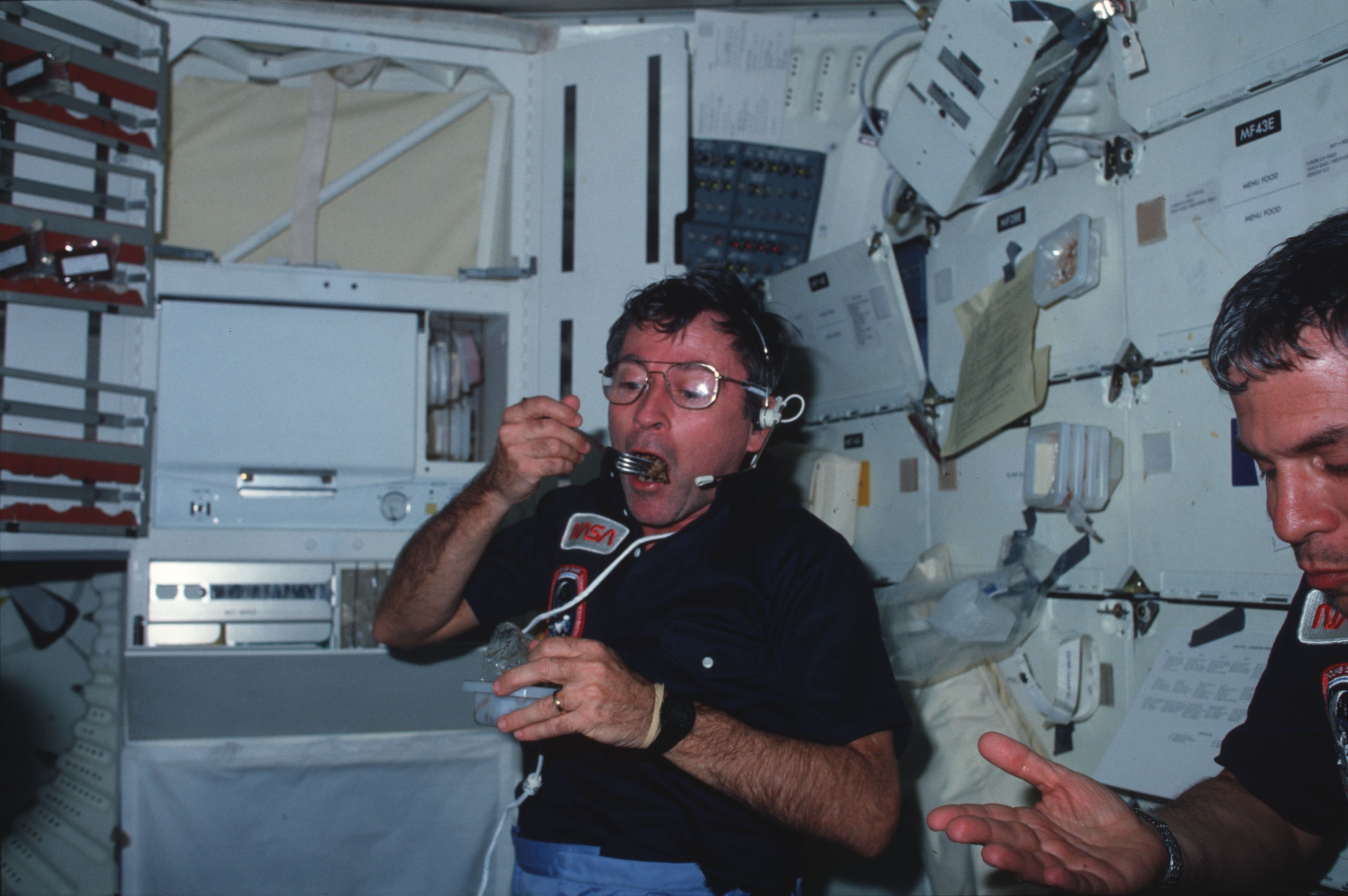
Space travel has also influenced food safety and preservation techniques. The challenge of providing safe, nutritious, and long-lasting food for astronauts has led to innovations in food packaging and preservation. Technologies such as freeze-drying and vacuum sealing, initially developed for space missions, are now commonplace in the food industry. These methods extend the shelf life of food products and reduce waste, ensuring that safe and nutritious food is available to more people around the world. This intersection of space technology and food science highlights the broader benefits of space exploration.
7. Transforming Transportation Technologies

The demands of space travel have spurred advancements in transportation technologies that have trickled down to terrestrial applications. Innovations in materials science, propulsion systems, and aerodynamics developed for spacecraft have influenced the design of more efficient and safer vehicles on Earth. For example, lightweight composite materials used in spacecraft construction are now utilized in automotive and aircraft manufacturing, leading to improved fuel efficiency and reduced emissions. These technological crossovers demonstrate how the pursuit of space exploration can drive progress in everyday transportation.
8. Boosting Computer and Software Engineering

The complexity of space missions has driven significant advancements in computer and software engineering. The need for reliable, robust systems to support space exploration has led to the development of cutting-edge technologies in data processing, artificial intelligence, and cybersecurity. These innovations have been adapted for use in various industries on Earth, enhancing everything from financial services to healthcare. The rigorous demands of space missions have set new standards for software development, pushing the boundaries of what is possible in computing and technology.
9. Improving Materials Science
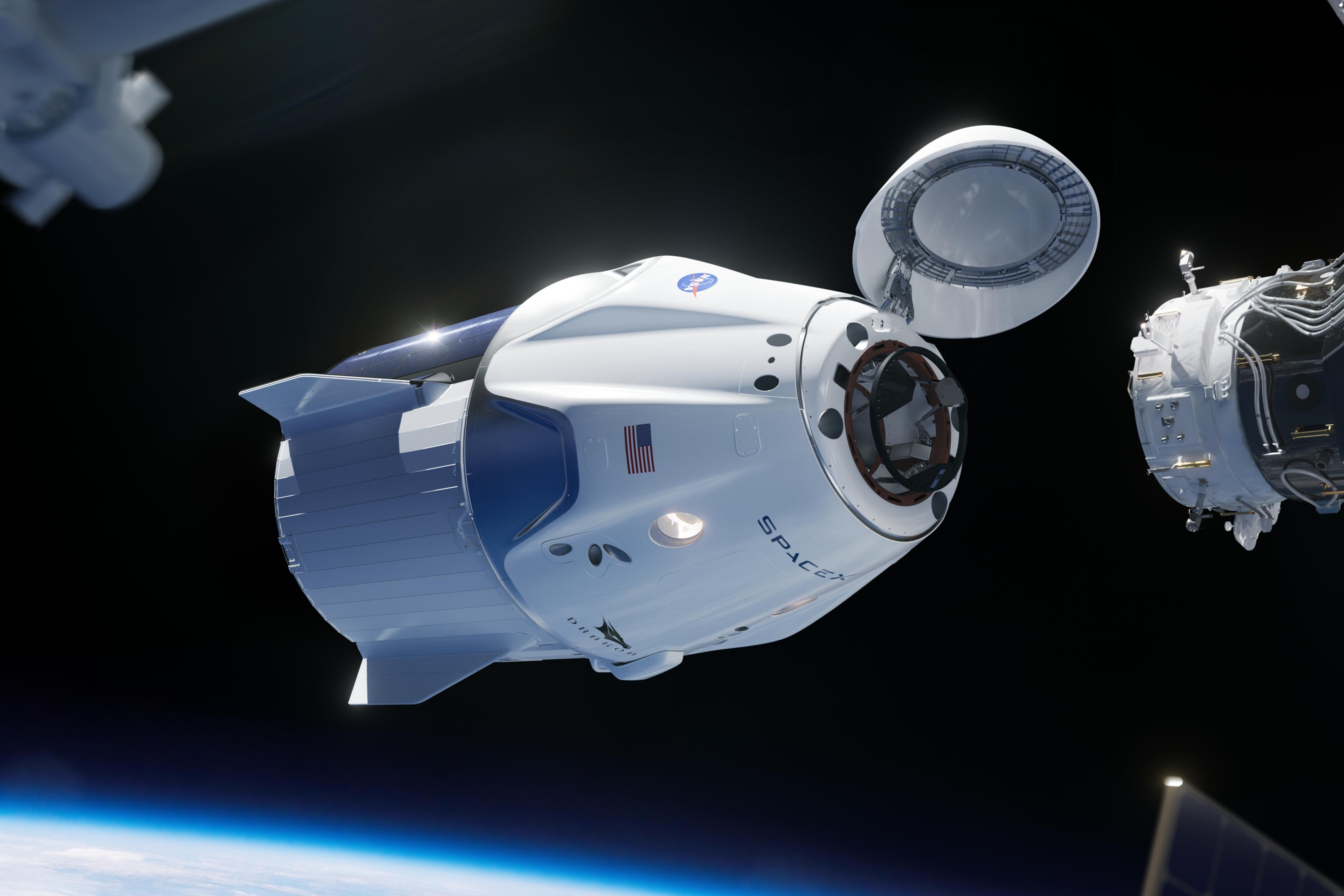
Space exploration has catalyzed breakthroughs in materials science, leading to the creation of new materials with unique properties. The extreme conditions of space require materials that are lightweight, strong, and resistant to temperature fluctuations and radiation. Innovations such as memory foam, originally developed to improve the comfort and safety of astronauts during launch, are now widely used in consumer products. These advancements in materials science have applications in numerous industries, from construction to sports equipment, showcasing the far-reaching impact of space-driven research.
10. Expanding Knowledge in Fundamental Sciences
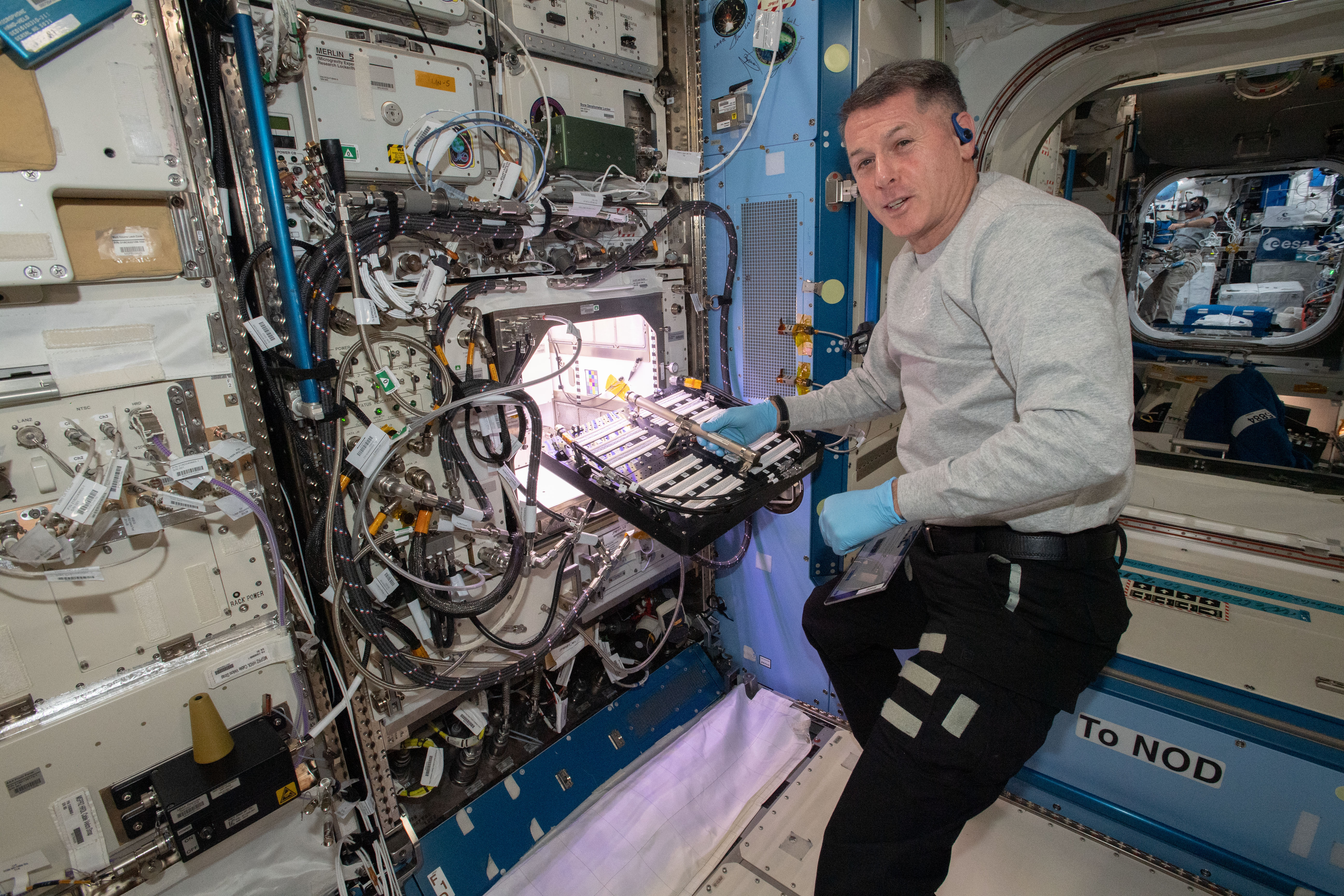
The pursuit of space exploration has expanded our understanding of fundamental sciences, particularly in physics and astronomy. Experiments conducted in space have provided insights into the behavior of matter and energy in microgravity, leading to new theories and discoveries. This knowledge has practical applications in various fields, including materials science, medicine, and engineering. By pushing the boundaries of scientific inquiry, space exploration continues to enrich our understanding of the universe and inspire future generations of scientists and innovators.
A Cosmic Legacy

The unseen ripples of space travel continue to enrich everyday life on Earth in myriad ways. From revolutionizing communication to inspiring renewable energy solutions, the technologies and insights gained from exploring the cosmos have permeated countless aspects of our daily existence. These innovations not only address current challenges but also lay the groundwork for a more sustainable and interconnected future. As we look to the stars, the legacy of space exploration serves as a testament to human ingenuity and the boundless potential of scientific discovery. The journey into space is not just about reaching distant worlds; it's about enhancing life on our own.




